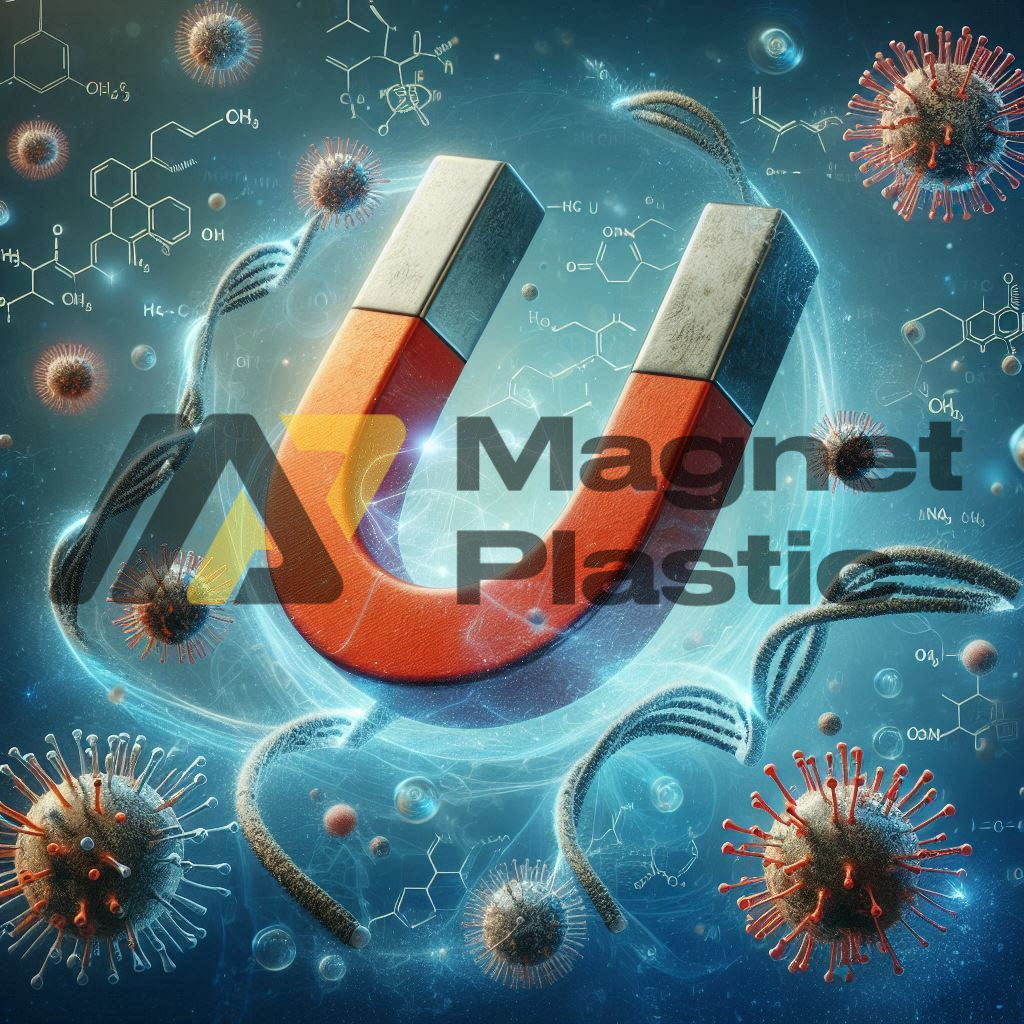Magnets in Biotechnology
Biotechnology is an ever-evolving field that aims to improve quality of life through the manipulation of living organisms and their processes. In this context, magnets have emerged as crucial tools offering innovative and efficient solutions. From cell manipulation to biomolecule purification, magnets are transforming biotechnology in surprising and diverse ways.
Cell Manipulation with Magnets
One of the most prominent uses of magnets in biotechnology is cell manipulation. Magnetic nanoparticles can be attached to specific cells, allowing researchers to precisely move and position these cells using magnetic fields. This process, known as magnetic cell separation, is fundamental in biomedical research and cell therapy. For example, in cancer immunotherapy, immune cells can be tagged with magnetic nanoparticles and then directed to specific tumors, enhancing the efficacy of the treatment.
Purification and Separation of Biomolecules
Another important application of magnets in biotechnology is the purification and separation of biomolecules. Magnets are used to separate proteins, nucleic acids, and other biomolecules from complex mixtures. Magnetic nanoparticles coated with specific ligands can bind to the target biomolecules and then be isolated from the rest of the sample by applying a magnetic field. This method is faster and more efficient than traditional techniques and is widely used in the production of biopharmaceuticals and genomic and proteomic research.
Diagnostics and Monitoring
Magnets also play a crucial role in disease diagnostics and monitoring. Magnetic resonance imaging (MRI), a non-invasive imaging technique, uses magnetic fields to capture detailed images of the inside of the body. Magnetic contrast agents, such as iron oxide nanoparticles, enhance the visibility of specific structures and tissues, allowing for more accurate diagnosis of various medical conditions. Additionally, magnetic nanoparticles are being developed for the early detection of diseases like cancer by identifying specific biomarkers in the body.
Targeted Drug Delivery
Targeted drug delivery is another area where magnets are making a significant impact. Magnetic nanoparticles can be loaded with drugs and directed to specific sites in the body by applying an external magnetic field. This technique minimizes side effects by reducing the drug’s exposure to healthy tissues and increases the drug concentration at the target area. This strategy is being explored for the treatment of various diseases, including cancer and cardiovascular diseases.
Research and Development
In the realm of research, magnets are facilitating new discoveries and advancements. Magnetic manipulation techniques allow scientists to study the behavior and properties of cells and biomolecules under controlled conditions. Moreover, magnetic technologies are being used in the development of biosensors and portable diagnostic devices, which offer rapid and accurate results at the point of care.
Conclusion
The use of magnets in biotechnology represents a fascinating convergence of physics and biology that is driving significant advances in science and medicine. From cell manipulation and biomolecule purification to diagnostics and targeted drug delivery, magnets offer innovative solutions that are transforming the field. As research and technology continue to advance, we are likely to see even more applications of magnets in biotechnology, benefiting both scientific research and medical care. With their ability to offer precision and efficiency, magnets will remain an indispensable tool in the pursuit of advanced biotechnological solutions.
